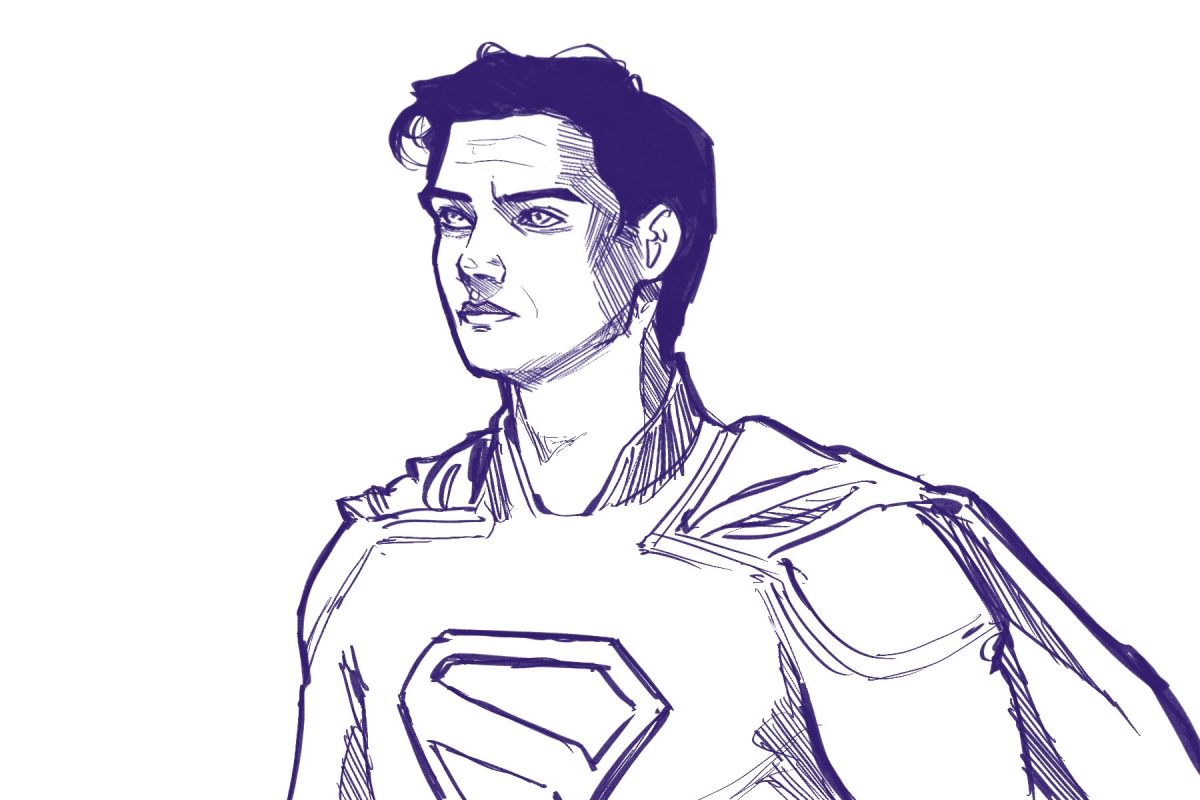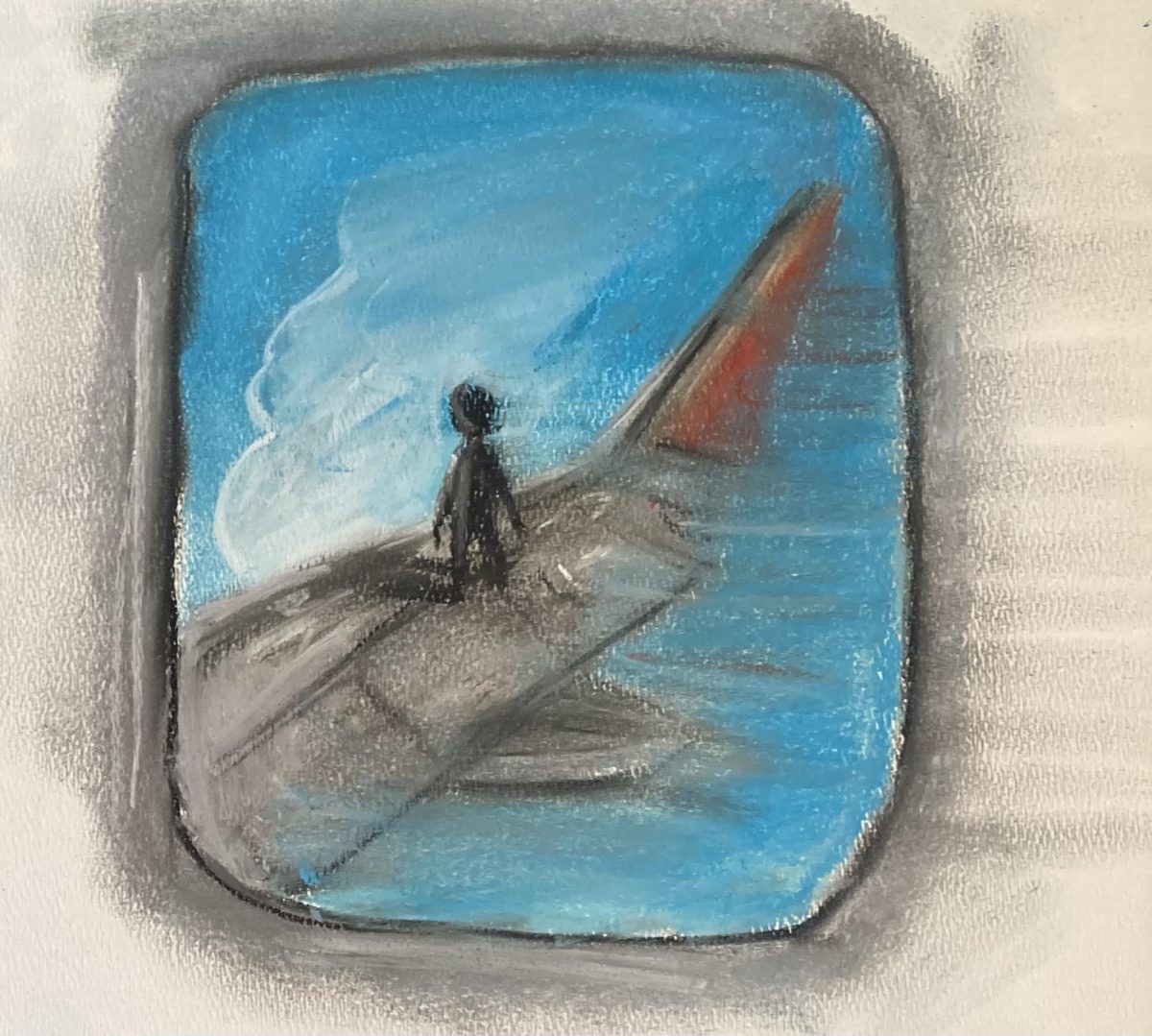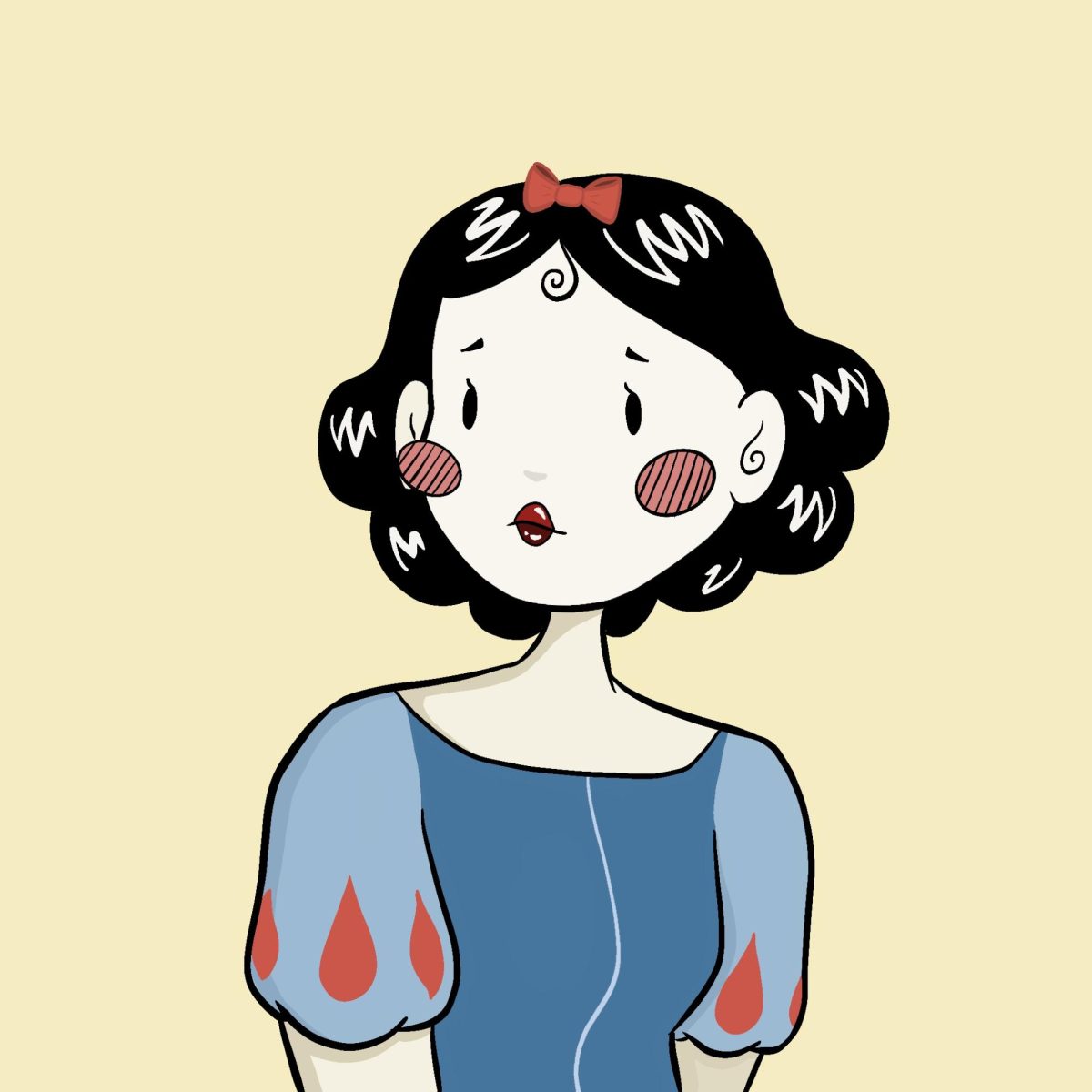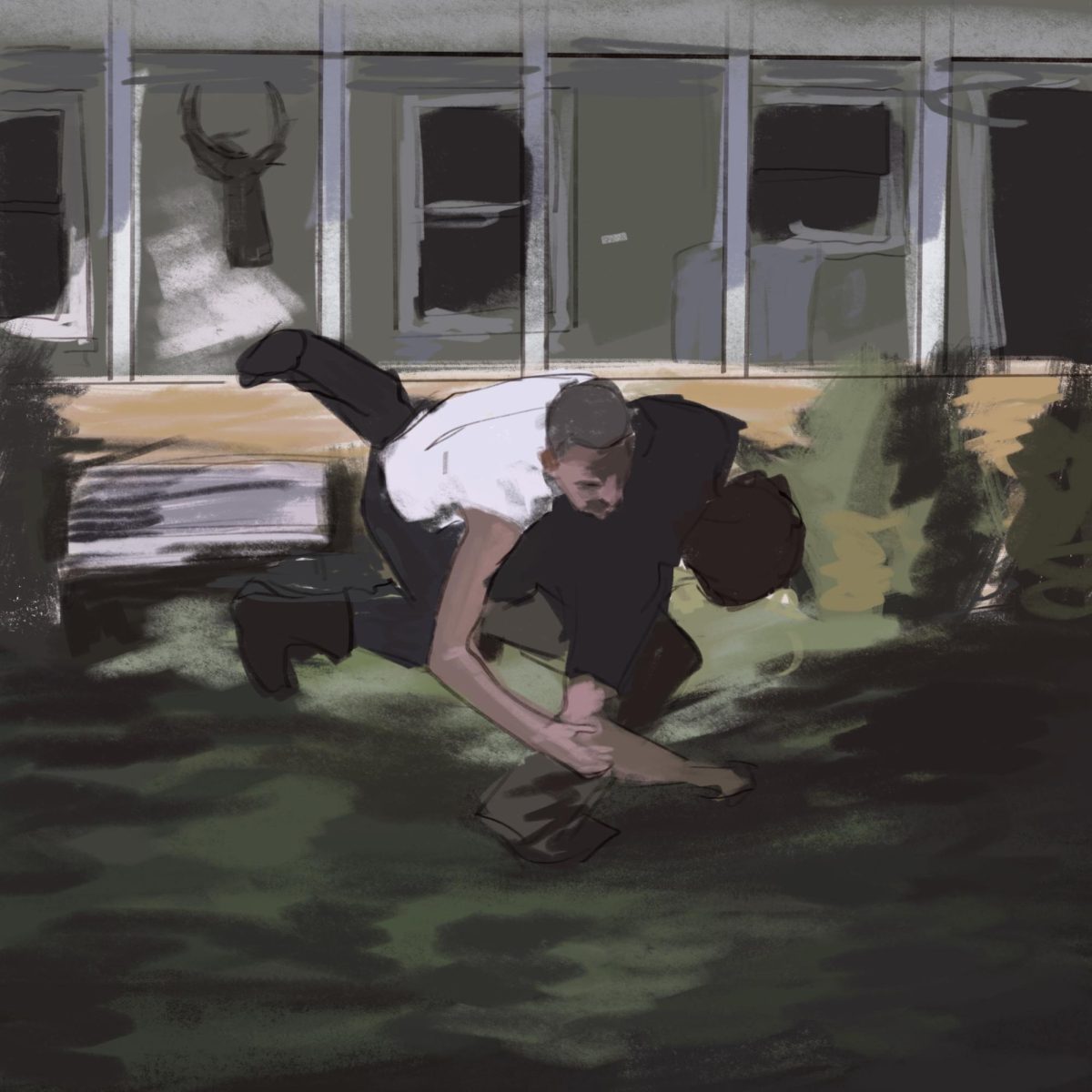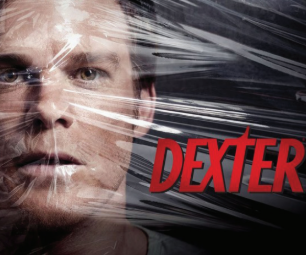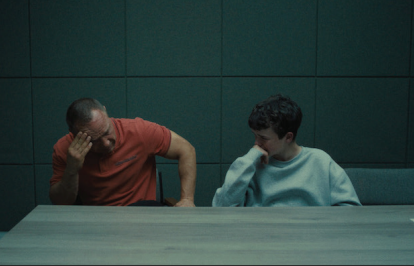My only prior knowledge about Forrest Gump was a cover featuring a man sitting on a bench, a flaky one-sentence summary, and something about “Run, Forrest, Run.” What I experienced was a film as entertaining as a double-overtime basketball game and with a depth and meaning that can perhaps only be matched by philosophical works dating to before the common era.
In the film, Forrest Gump, played by Tom Hanks, tells his story from a park bench, from his beginnings as a pushed-around child born in the American South to a talented man who inspired the world. While his mythical life generates priceless humor, it is also an agent to display the realities of life and society as a whole. In Gump’s reality, everything around him changes, with friends taken away by new priorities, death, or just chance. Meanwhile, he remains constant, experiencing the world from a perspective unlike anyone else living at the time.
Perhaps the film’s greatest strength is the development of several characters that director Robert Zemeckis stays true to throughout the plot. In a film where Gump’s life takes him around the globe, Zemeckis contextualizes Gump’s wild ride with characters that remain important throughout the film even as they fall in and out of Gump’s life. His childhood best friend, Jenny, is followed throughout the film even as their interactions with each other remain scarce throughout adulthood, giving a window into Jenny’s struggles in life that viewers otherwise wouldn’t have known. This character development proves essential in the later stages of the film and adds a layer of reality to a movie centered around Gump’s idiosyncratic character.
Zemeckis and Hanks deserve credit for the iconic moments throughout the movie, from “Run, Forrest, Run” to the quote, “Life is like a box of chocolates. You never know what you’re going to get.” These are the memorable moments that few films can match, elevating this work to the top of the totem pole of influence on American culture.
The plot’s absurdity generates many chuckles and cringe-worthy moments. Its historical connections to the real world—including the civil rights movement and the Vietnam War—may be unbelievable, but they make the film relatable. While these aspects could be considered weaknesses, they are also what sets the film apart in its cultural relevance and unique style.
Another aspect of this comedy-drama is the symbolism present in the piece. For example, the movie begins and ends with a feather fluttering through the air, representative of Gump’s life, as he changes directions like a feather in the wind. This, along with other symbolism in the work, is a nice touch, but by no means transforms the film into anything more than it already was.
Structurally, the storyline is kept in check by Gump’s narration from a bench while waiting for the bus. This technique is effective in contextualizing the film, justifying the fairytale-esque happenings throughout.
Forrest Gump is a cinematic masterpiece featuring stellar acting, strong character development, iconic moments, and Gumpian humor. These strengths paired with the real-world setting make it a deserving cultural icon of a film worthy of five falcons.



